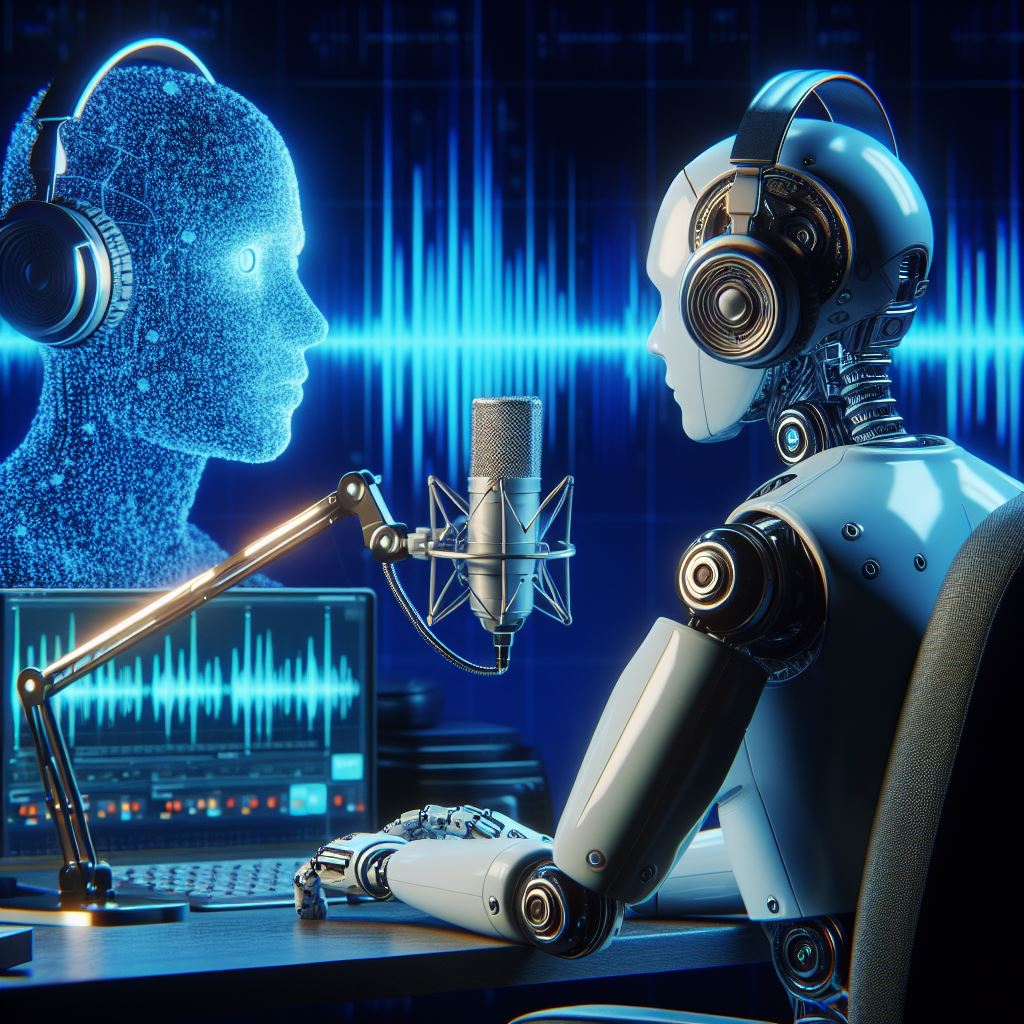Ever asked an AI to create “a dog riding a skateboard in jeans” and ended up with something slightly cursed? You’re not alone. AI doesn’t see the world as we do. It predicts it. That gap explains why so many generated images feel fascinating, funny, and a little unsettling.
What AI actually “sees”
No ad to show here.
AI models are trained on vast datasets of pictures. They break an image into pixels and patterns, then guess which features belong together. They don’t understand meaning, depth, or emotion. They assemble probabilities. That is why hands sprout extra fingers, eyes melt into hair, and shadows behave in impossible ways.
“This technology doesn’t interpret reality, it calculates it,” said one AI researcher familiar with image-generation models. “It looks right at first glance, then your brain notices the seams.”
Why the results feel off
Humans read proportion, context, and feeling. Machines don’t. They blend textures that make mathematical sense but visual nonsense. The outcome is a collage that looks polished until you notice something strange.
“The images are convincing until they are not,” said a digital artist who works with AI tools. “You spot an extra limb or a warped reflection and the illusion collapses.”
Meme factory meets machine confusion
The internet has turned these glitches into a running joke. A chair becomes a blob. A hotdog looks like an insect. People share the mistakes because they expose the gap between human intuition and machine pattern-matching.
“These oddities make great memes because they are almost human and not quite,” said a media researcher who studies online visual trends. “We laugh at the failure, but we also see how close the machine is getting.”
Absurd art or quiet warning
The same weirdness that powers memes is also a warning. Strange is funny in entertainment. Strange is risky in medical imaging, surveillance, or self-driving cars where accuracy is critical.
“What’s amusing in a meme becomes serious in a high-stakes system,” said a data ethics specialist. “AI doesn’t understand what it’s looking at. It only reproduces patterns.”
Recognising that AI’s vision is an approximation, not truth, is the first step toward using it responsibly.
When the weirdness becomes useful
Many creators now embrace the distortions. They use AI’s warped sense of form and texture to explore surreal or glitch-inspired art. Others treat odd outputs as raw material to edit, refine, or remix.
“AI’s mistakes are part of its charm,” said one visual designer. “The tension between what looks right and what feels wrong can be a creative spark.”
Understanding where machines fail helps humans decide when to trust them and when to rely on their own judgment instead.So the next time your AI generator spits out a three-legged giraffe in a tux, laugh. Then remember what it is really showing you: a machine trying to approximate a world it cannot truly see.
